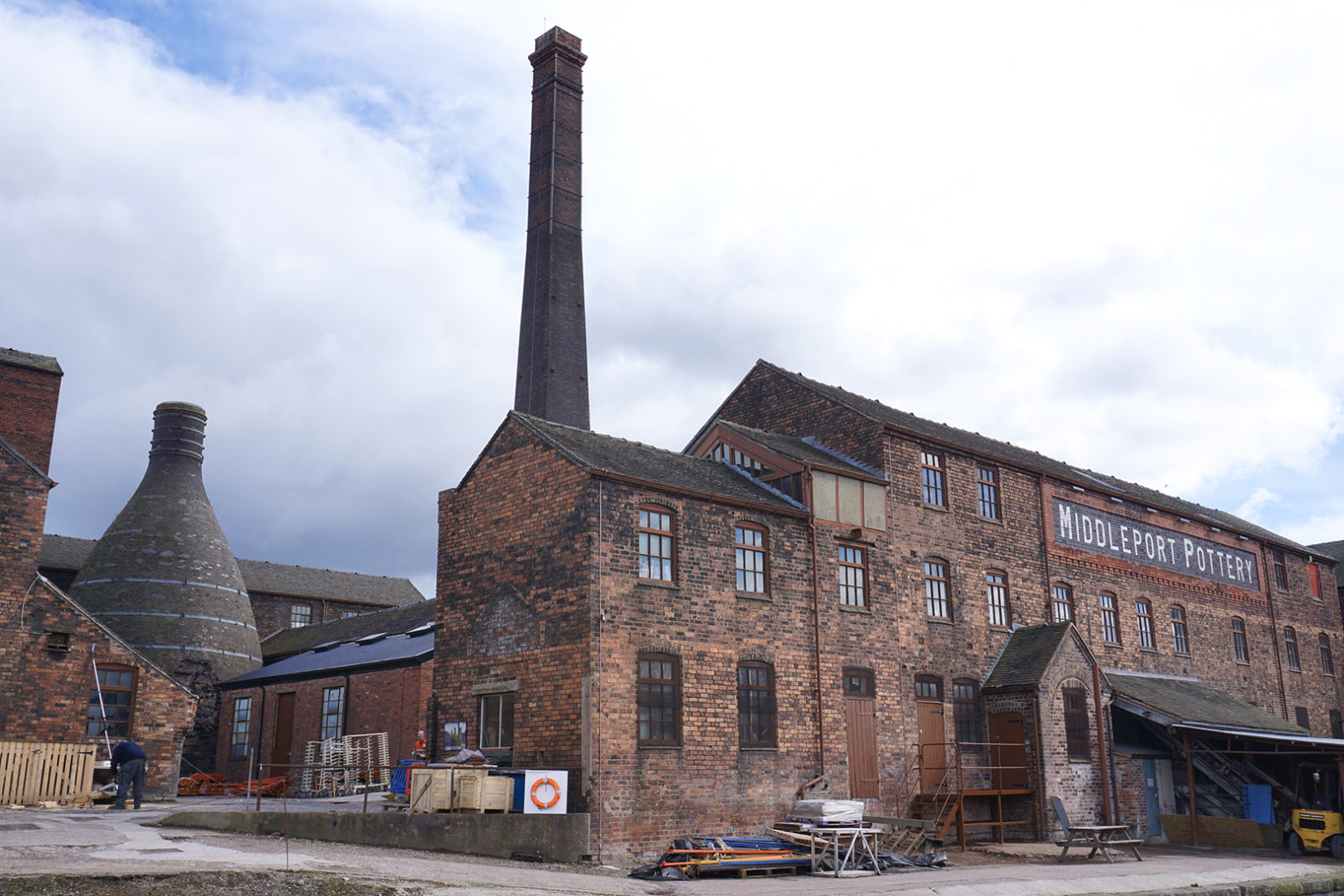The Birth of Factories
The Factory Industrial Revolution, which occurred primarily during the late 18th and early 19th centuries, marked a shift from agrarian economies to industrial economies. This transformation was driven by technological advancements and innovations that paved the way for the mechanization of various industries. One of the defining characteristics of this period was the establishment of factories, which centralized production in large, purpose-built facilities.
Key Features
- Mechanization: Factories introduced mechanization on a scale previously unimaginable. Machines replaced manual labor in various industries, boosting productivity and output.
- Specialization: Factories enabled the division of labor into specialized tasks, with each worker responsible for a specific part of the production process. This specialization led to increased efficiency and reduced production time.
- Urbanization: The concentration of factories in urban areas led to a rapid influx of people seeking employment, giving rise to urbanization. This migration from rural to urban areas changed the demographic landscape and contributed to the growth of cities.
- Mass Production: Factories allowed for mass production of goods, making products more affordable and accessible to a wider range of consumers. This marked a departure from the previous model of small-scale, localized production.
Impacts of the Factory Industrial Revolution
- Economic Transformation: The Factory Industrial Revolution fueled unprecedented economic growth. Industries such as textiles, iron and steel, coal mining, and transportation flourished, creating new wealth and economic opportunities.
- Social Changes: The rise of factories led to changes in societal structures. The factory system introduced a new labor model, as workers transitioned from cottage industries to wage labor in large-scale factories. This shift had both positive and negative impacts on labor conditions, sparking debates about worker rights and safety.
- Technological Advancements: The Factory Industrial Revolution drove innovation, with inventors and entrepreneurs developing new machines and production methods. This era saw the birth of steam engines, spinning jennies, power looms, and more, setting the stage for further technological advancements.
- Environmental Impact: The rapid growth of factories and industries had significant environmental consequences. Increased coal consumption for energy production led to air and water pollution, which set the stage for later discussions on sustainability and environmental protection.
Legacy and Lessons
The Factory Industrial Revolution left an indelible mark on the world, shaping the trajectory of human progress in countless ways. Its lessons resonate even today as societies continue to grapple with the challenges and opportunities of technological advancement and industrialization.
- Technological Innovation: The Factory Industrial Revolution showcases the power of human ingenuity and innovation in driving progress. It serves as a reminder that technological advancements can lead to profound societal transformations.
- Labor Rights and Working Conditions: The labor struggles and debates that emerged during this period laid the foundation for modern labor rights and workplace regulations. The Factory Industrial Revolution reminds us of the importance of ensuring fair working conditions and protecting the rights of workers.
- Sustainable Industrialization: The environmental consequences of the Factory Industrial Revolution underscore the need for responsible and sustainable industrial practices. As we navigate the challenges of modern industrialization, we must prioritize environmental conservation and consider the long-term impacts of our actions.



